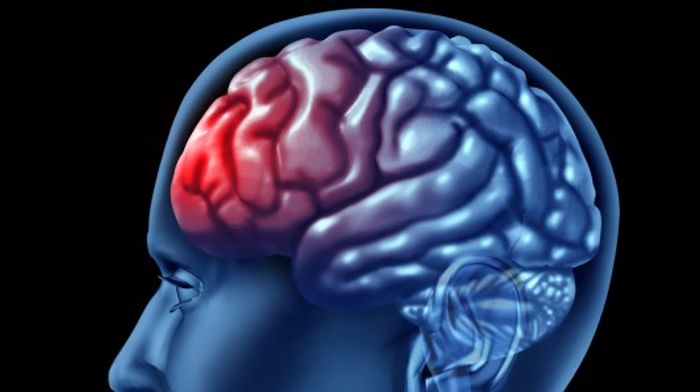Researchers from the University of Eastern Finland uncovered how certain microRNAs could serve as diagnostic biomarkers for mild traumatic brain injury.
Their results were released in the International Journal of Molecular Sciences.
For researchers, diagnosing mild traumatic brain injury brings about a challenge, especially considering that many patients do not exhibit visual structural damage to the brain. Thus making it difficult to detect by traditional imaging methods or computer tomography.
As part of the new research, the Finnish team examined microRNAs that could be regarded as biomarkers for the diagnosis of mild traumatic brain injury.
Blood plasma samples were collected from an animal model following a mild and severe form of traumatic brain injury.
“We hypothesized that acutely altered plasma miRNAs could serve as diagnostic biomarkers both in the lateral fluid percussion injury (FPI) model and clinical mTBI,” the findings read.
“We performed plasma small RNA-sequencing from adult male Sprague–Dawley rats at 2 days post-TBI, followed by polymerase chain reaction (PCR)-based validation of selected candidates.”
Out of their findings emerged two biomarkers of interest: the miRNAs miR-9a-3p and miR-136-3p. When both biomarkers were analyzed in blood samples of patients with traumatic brain injury, it was established that elevated levels of either biomarker led to the identification of patients with the condition.
“… plasma miR-9-3p and miR-136-3p were identified as promising biomarker candidates for mTBI requiring further evaluation in a larger patient population,” the study concluded.


